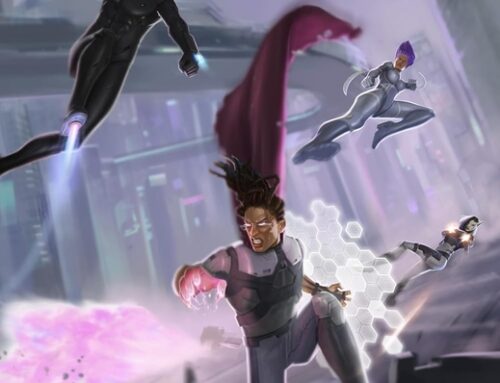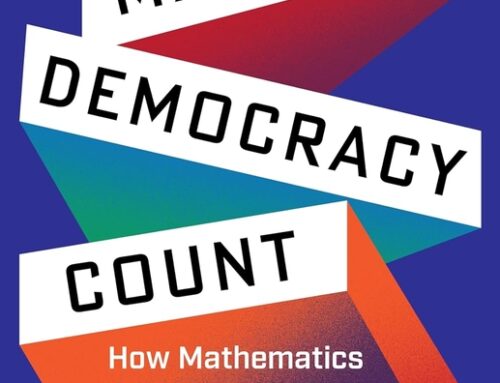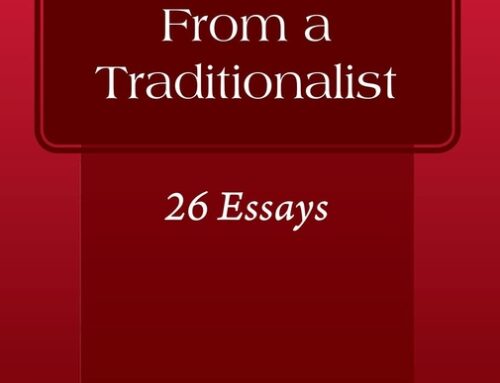
As a classic heroine’s journey, this novel follows Veronica Espinosa’s perilous quest for purpose and redemption after failing to live up to her family’s legendary calling. A bold and fearsome protagonist who casts herself out of her own home in shame, this coming-of-age story has plenty of recognizable elements, but is also deeply original in its emotional revelations.
Veronica is defined by her compassion, as shown in her act of mercy towards the bull in the first chapter, but this trait carries on throughout the novel. Fighting against all odds, she proves herself on one stage after another, until her dueling prowess is recognized by Colonel Dubois, thus launching her into the famed life of a musketeer.
Newly minted as Veronique, her adventures swell in size, from unicorn racing and secret missions to creative new uses for her magical Wayfinder, as well as plenty of scuffles, knockouts, and impressive flourishes with her trusty rapier. As storylines converge, Studdard flexes his storytelling powers for surprising plot twists amongst a slew of stealthy enemies.
Veronica’s seamless ability to learn new skills and master different forms of physical movement is a consistent narrative thread; from bullfighting to dancing to wielding a blade, some of the most compelling stretches of writing are found in these dynamic areas. Studdard’s prose truly comes alive with his characters as they whirl and dodge and leap into action, and it is refreshing to see an author so profoundly interested in more nuanced depictions of the human form in flux.
The fantastical elements of this world are introduced slowly, allowing readers to immerse themselves in the realm’s magical denizens and rules. The scenic descriptions are also lush and thorough, making it easy for readers to summon each setting, helped along by certain similarities in culture, language, and social constructs to our own. There are strong thematic undertones that permeate the story as well, particularly the empowerment of women in the face of outdated social norms, duty versus honor, personal morality, and the power of platonic relationships.
Many of the passages are long and detailed, particularly when describing characters moving through a landscape, but sometimes focus on less-than-important activities. The narrative voice can, at times, be redundant, tangential, or interruptive of itself, which can make it difficult to follow the intention or energy of a given scene. Long moments of exposition also pull readers away from the immediacy of a scene, or a conversation, such as during the first meeting between Etienne Valois and Mariana. Additionally, the dialogue is sometimes either too sparse or too clever, failing to capture the imperfect nature of conversation.
Those critiques aside, Veronica is a remarkably creative novel for young readers – a refreshing twist on an old tale with engaging elements of real history, spirited fantasy, and relatable characters, which will appeal to readers of both historical fiction and fantasy.
Available At


















Leave A Comment